9 Famous Thai Celebrities’ Cafes and Eateries in Thailand
A look at a list of Thai celebrities who own restaurants and ...
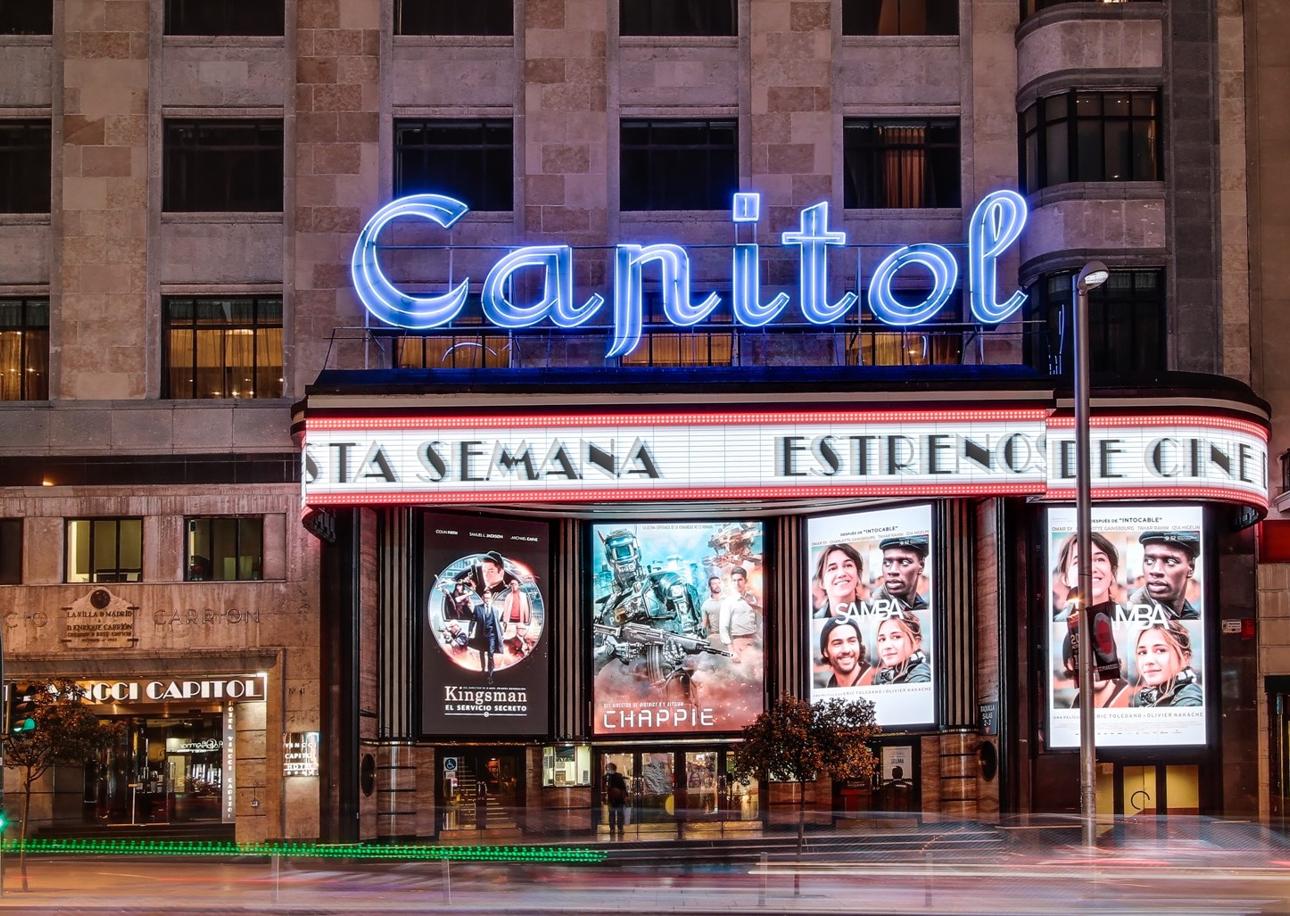
Who doesn’t love watching an all-time favorite film on a comfy couch at home? As much as we all love a Netflix and chill kind of night, nothing compares to a rich cinema-going experience: the dimming of lights, the rumble of the surround sound, and the smell of buttery popcorn. From historic cinema halls with Art Deco accents to the world’s smallest cinema, here are some of the most iconic cinemas around the world.

A historic movie theater huddled in Los Angeles, California, The New Beverly is housed in a building that dates back to the 1920s. Since 2007, it has been owned by Oscar-winning filmmaker Quentin Tarantino. He quoted, “I want the New Beverly to be a bastion for 35mm films.” The theater is certainly a beloved venue for classic films.
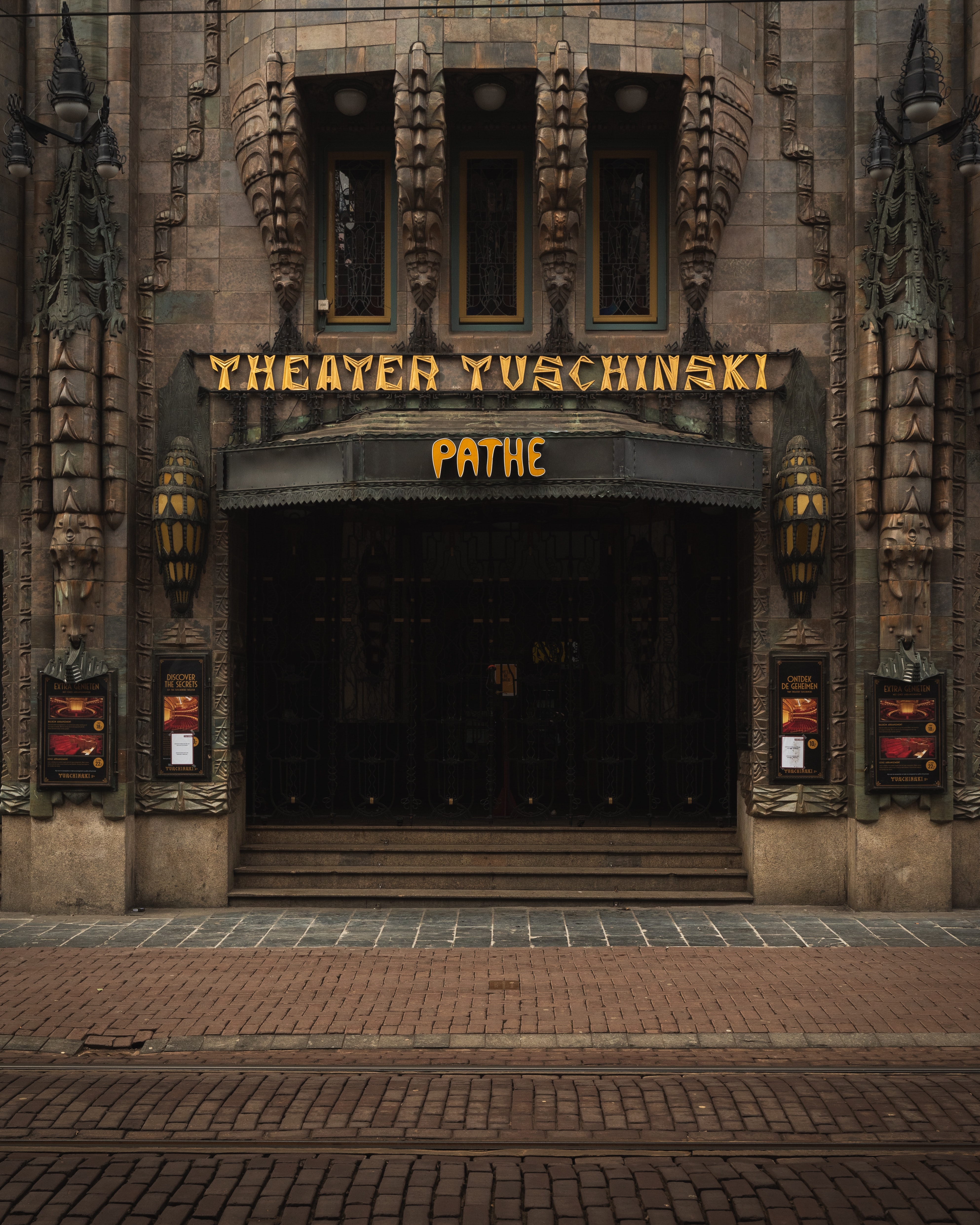
Found in the center of Amsterdam, The Royal cinema Pathé Tuschinski was established in the 1920s. Owner Abraham Tuschinski oversaw the design, characterized by Art Deco, Art Nouveau, Jugendstil, and Amsterdamse School. Not everyone was happy with it, describing the theater a monstrosity when it opened. However, the Dutch have come to embrace the building, and it is now one of the most popular cinemas in the Netherlands.
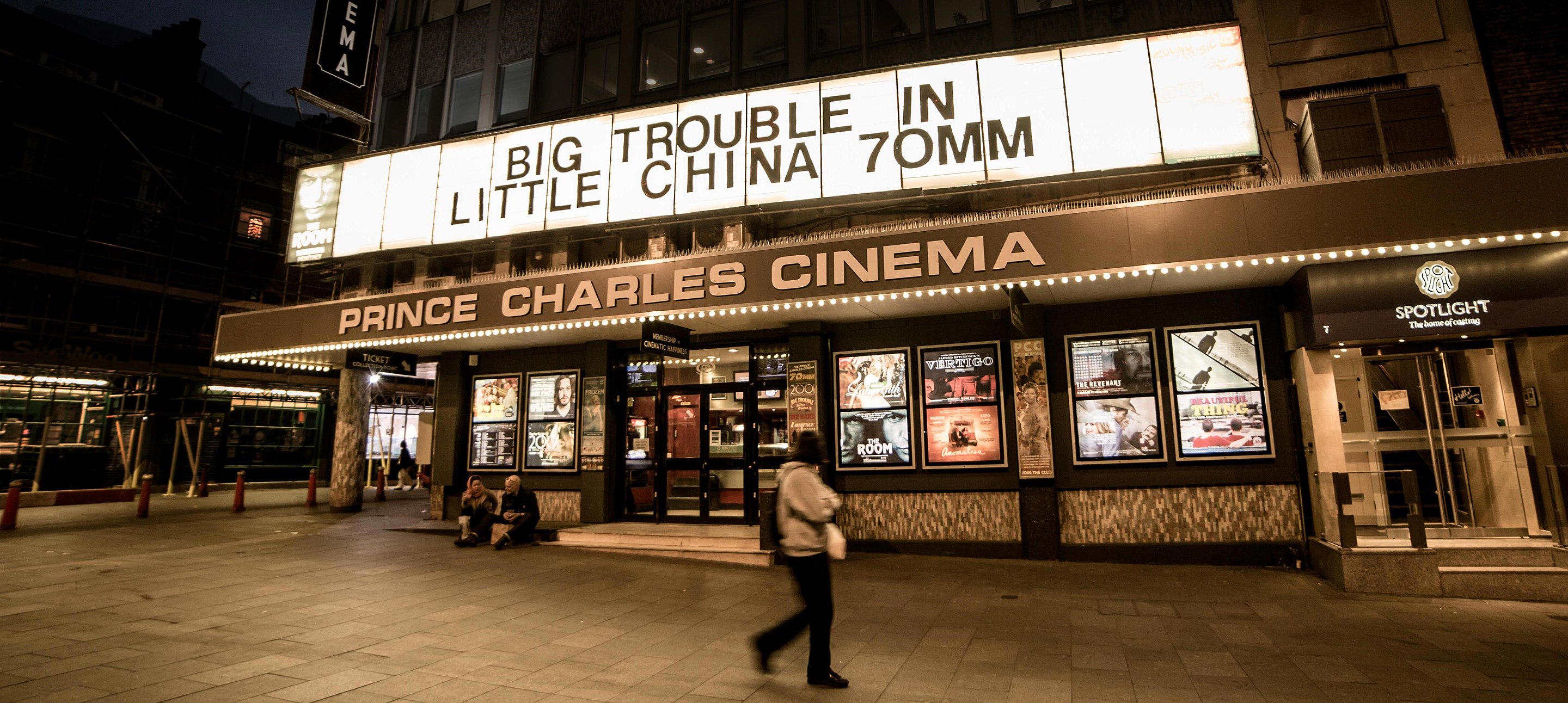
Located in Leicester Place, 50 yards north of Leicester Square in the West End of London, The Prince Charles Cinema shows a rotating program of cult, arthouse, and classic films alongside recent Hollywood releases. Constructed between 1961 and 1962, the cinema also hosts singalong versions of movies like The Sound of Music. Being the only independent cinema in the West End, it has achieved a cult status amongst fans.
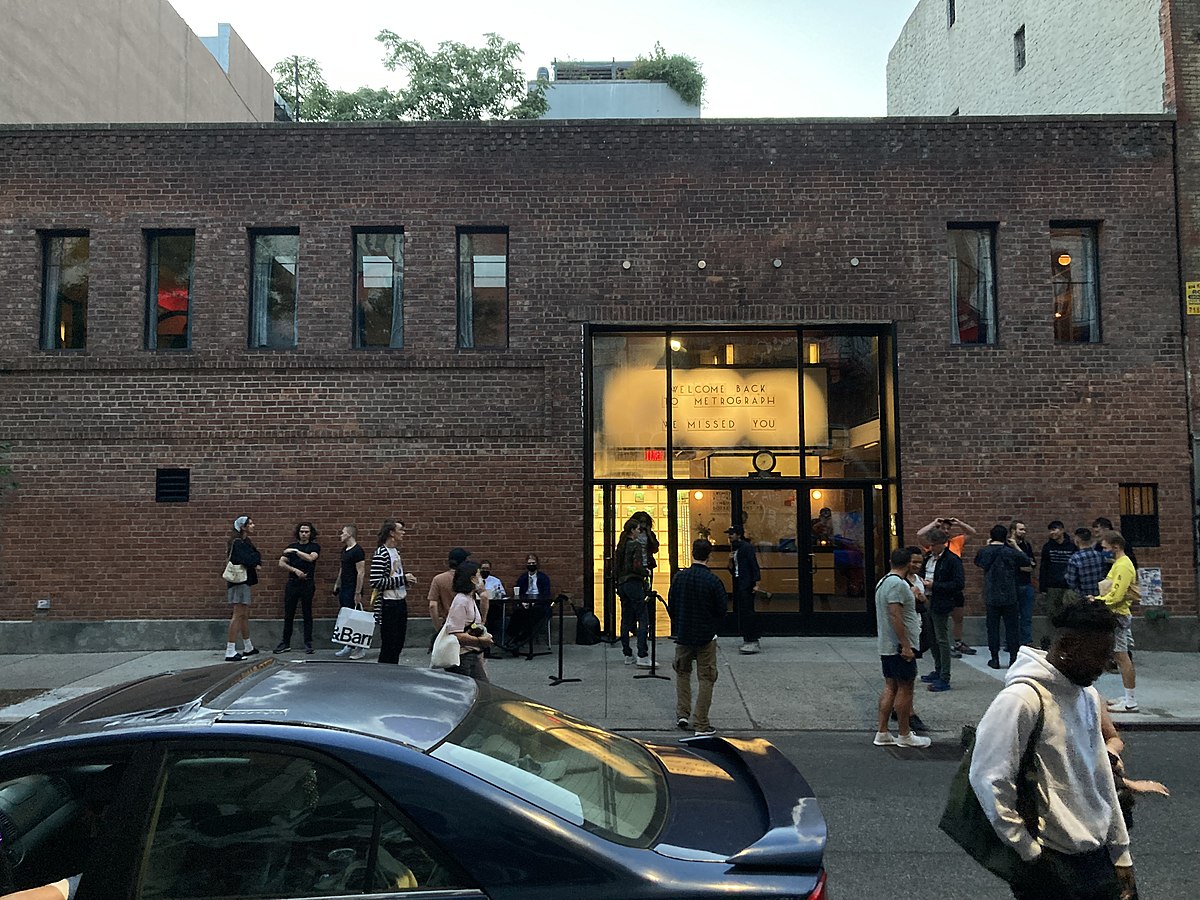
Relatively new for this list, The Metrograph was founded by Alexander Olch and opened in 2016. The state-of-the-art cinema is located at 7 Ludlow Street in the Dimes Square and boasts an upscale American eatery, two bars, and a bookstore.
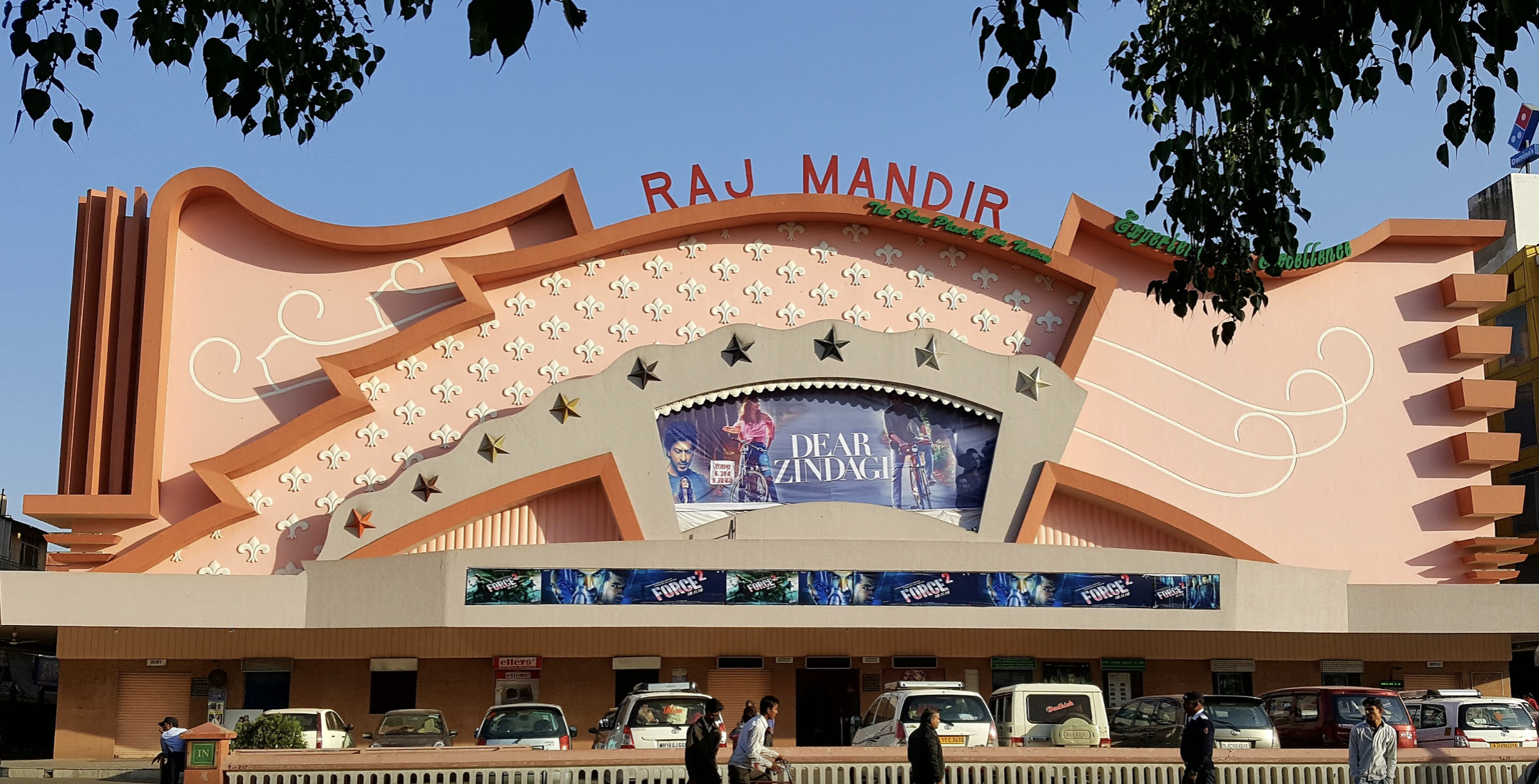
Photo: Courtesy of Vianney/Google Earth
Opened in 1976, Raj Mandir Theatre is located in Jaipur, India. Designed by architect W.M. Namjoshi in Art Moderne style (Streamline Moderne or late Art Deco), the meringue-shaped auditorium has seen many movie premieres of Hindi films, and has become a popular symbol of Jaipur.
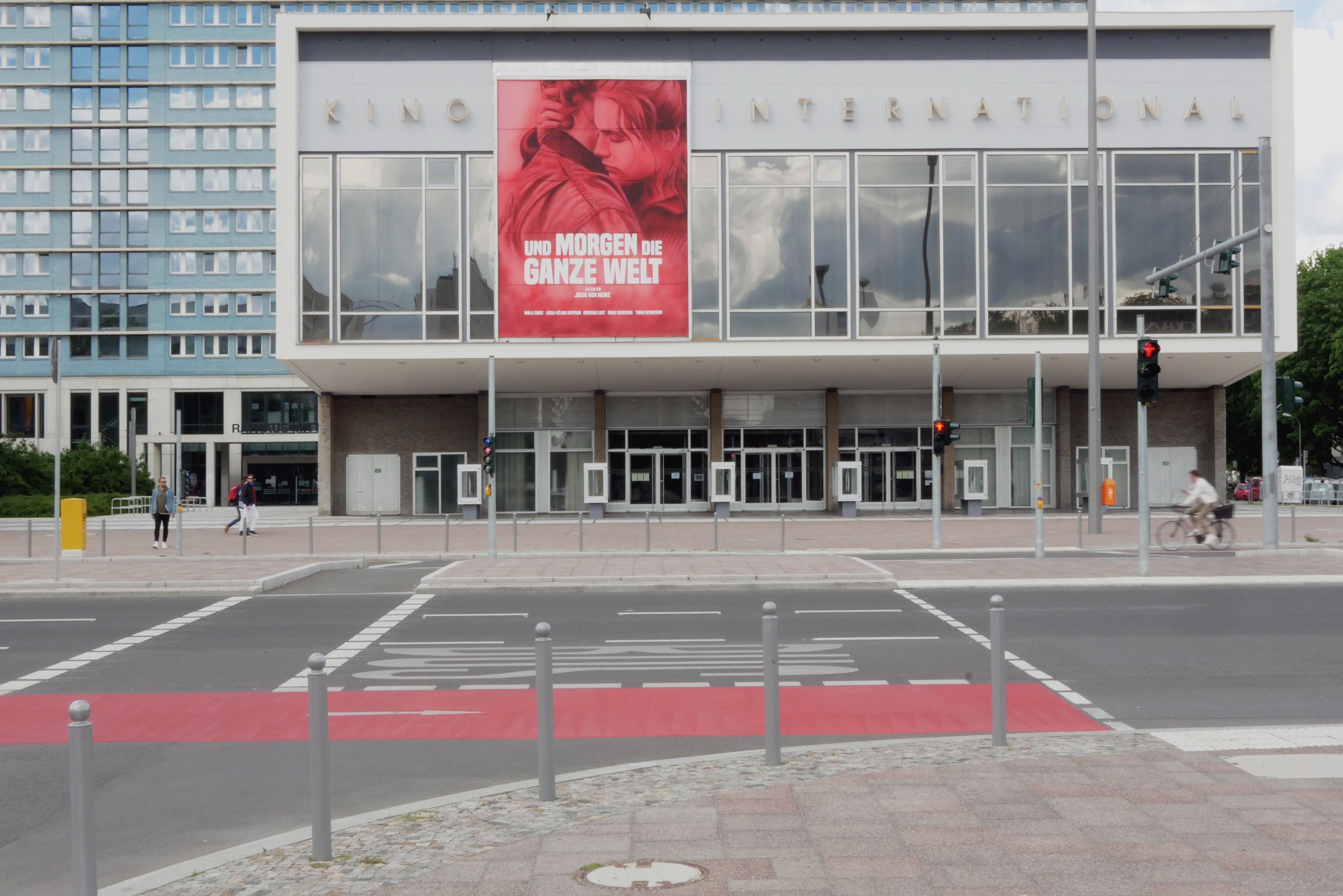
The Kino International was built from 1961 to 1963, and is located on Karl-Marx-Allee in former East Berlin, Germany. Having hosted premieres of the DEFA film studios until the fall of the Berlin wall in 1989, it has become one of the main venues of the annual Berlin Film festival, and is a protected historic building.
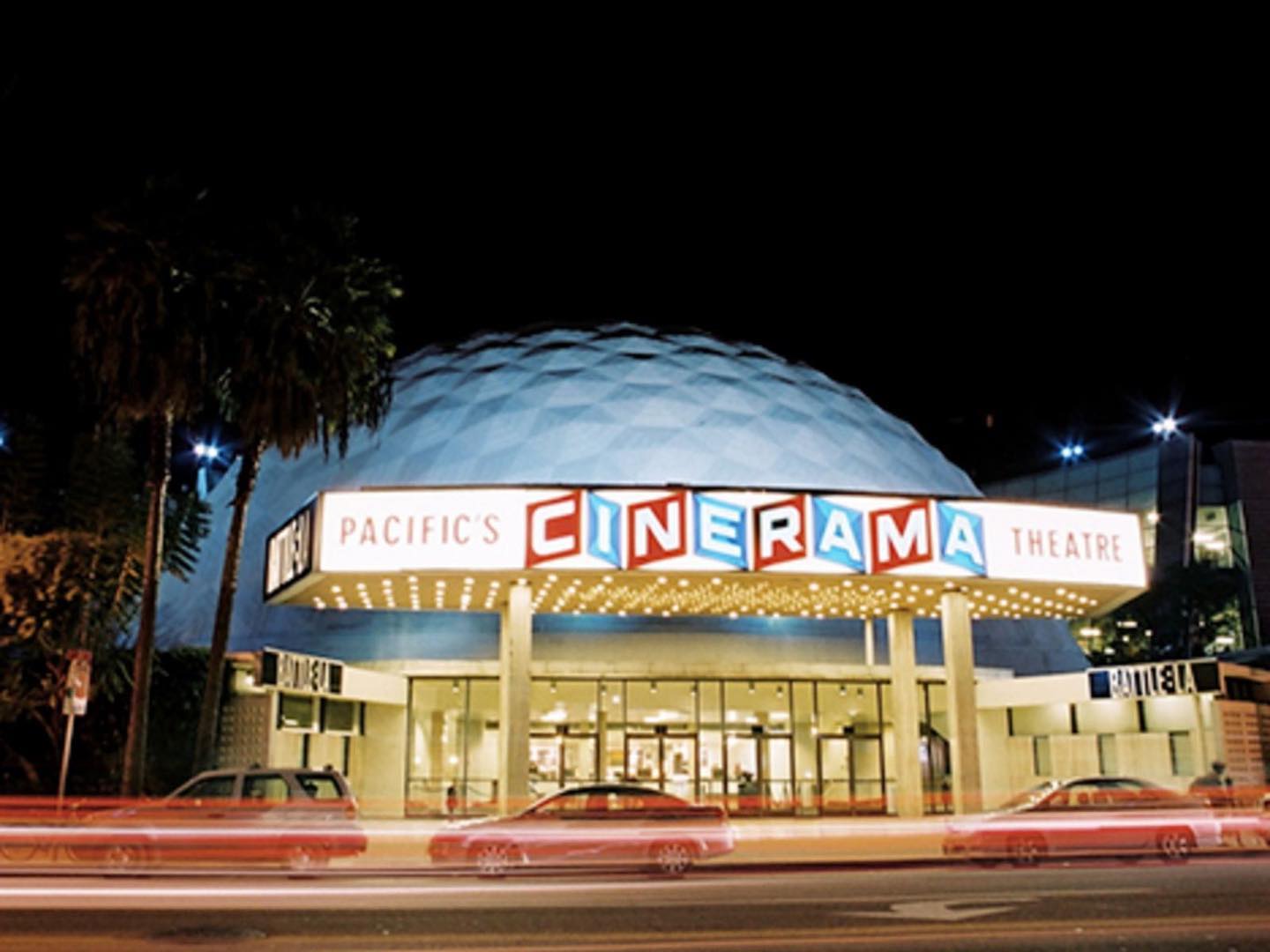
Located at the iconic Sunset Boulevard in Hollywood, The ArcLight was originally a 15-screen multiplex with stadium seating and THX-certified sound and picture presentation. Sadly, the theater had to close in March 2020 due to COVID-19. On June 19, 2021, the theater reopened as part of the Regal Cinemas chain, following a $10 million renovation.
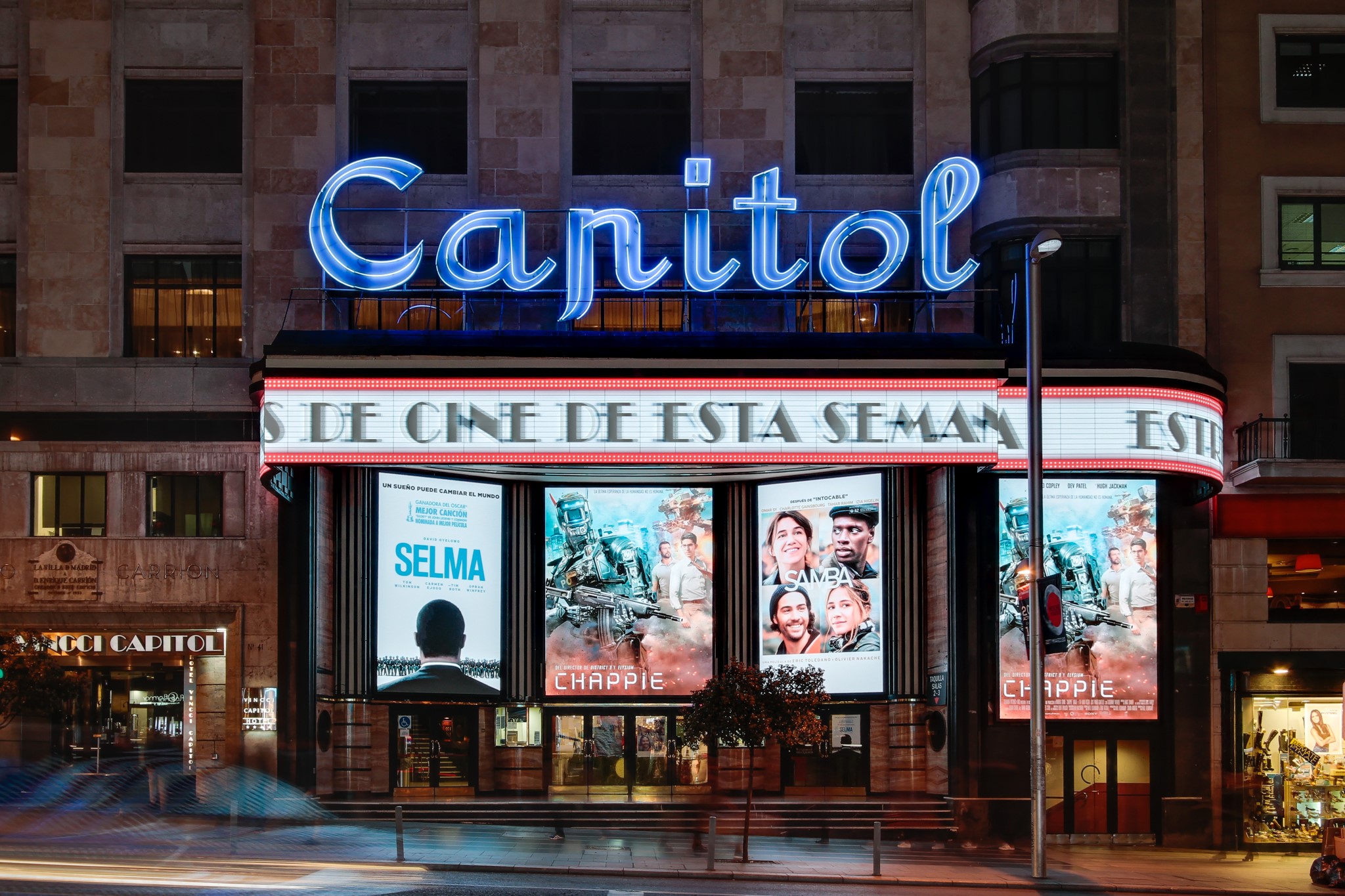
Designed by Spanish architects Vicente Eced and Luis Martinez-Feduchi, Cine Capitol opened its doors in 1933 and has become one of Spain’s most classic cinemas ever since. Today, Cine Capitol accommodates 1,360 cinemagoers across three screening rooms.
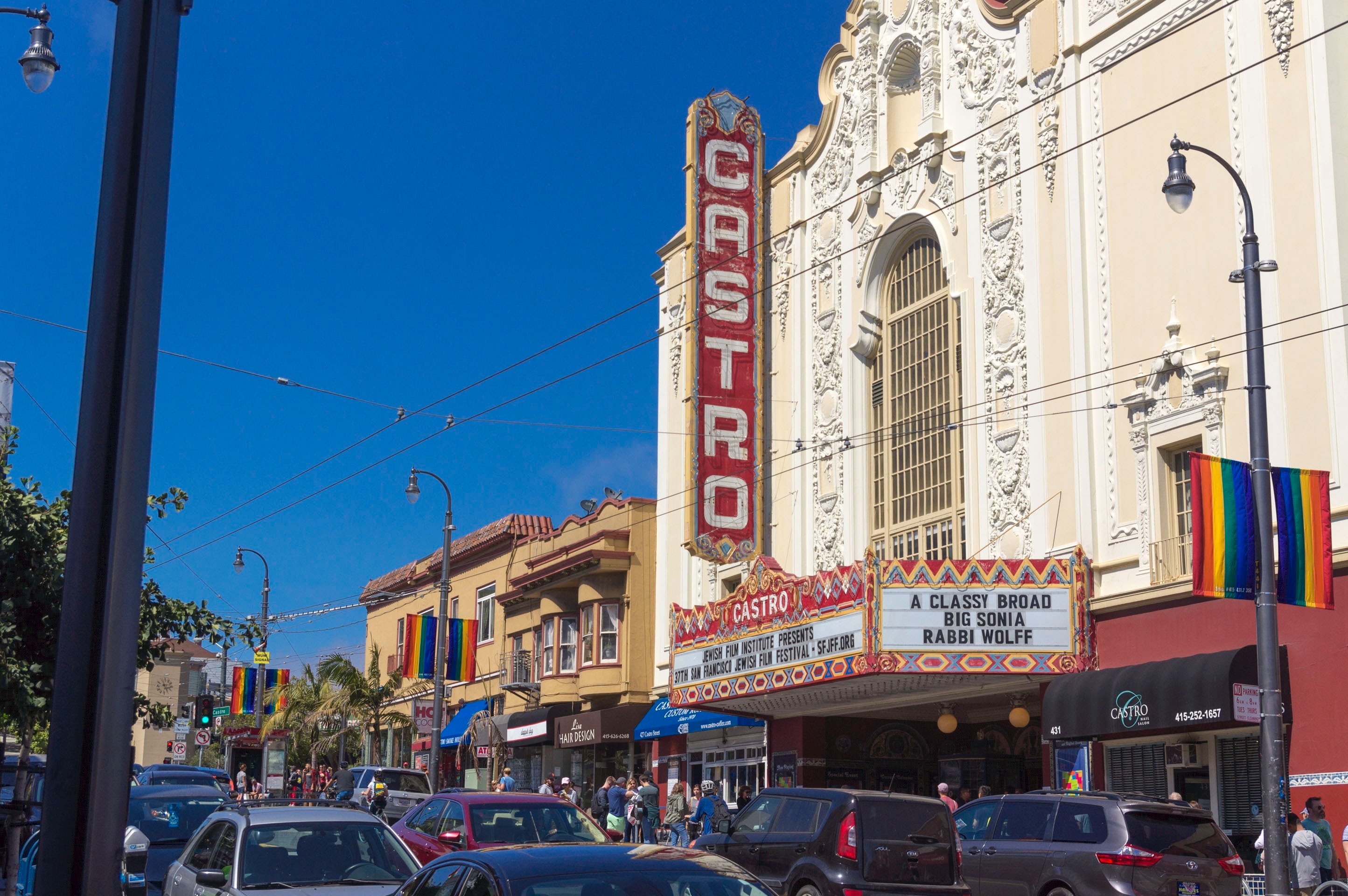
This heritage-listed cinema palace is located on 429 Castro Street, and was completed in 1922 with a California Churrigueresque facade. With over 1,400 seats, it was designed by Timothy L. Pflueger—who was responsible for designing Oakland‘s Paramount Theatre and other movie theaters in California during the same period.
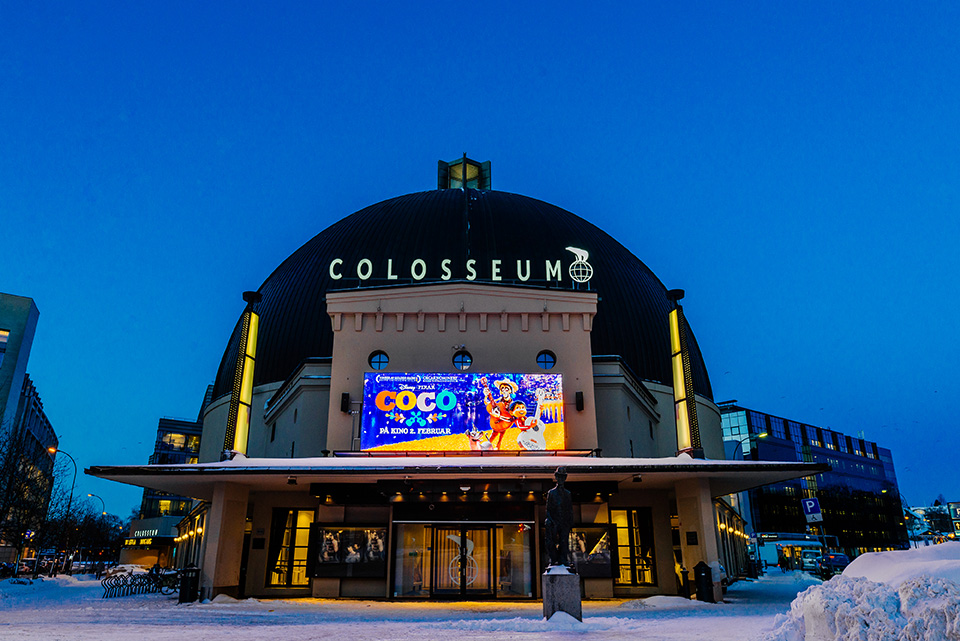
Opened in 1928, The Colosseum Kino in Oslo, Norway is the largest cinema in Northern Europe. With a seating capacity of 2,100, it’s notable for hosting a spectrum of entertainment including live concert performances by Louis Armstrong. In February of 1963, a major fire shut down the Kino temporarily during a film premier, and was reopened again in September of the following year.
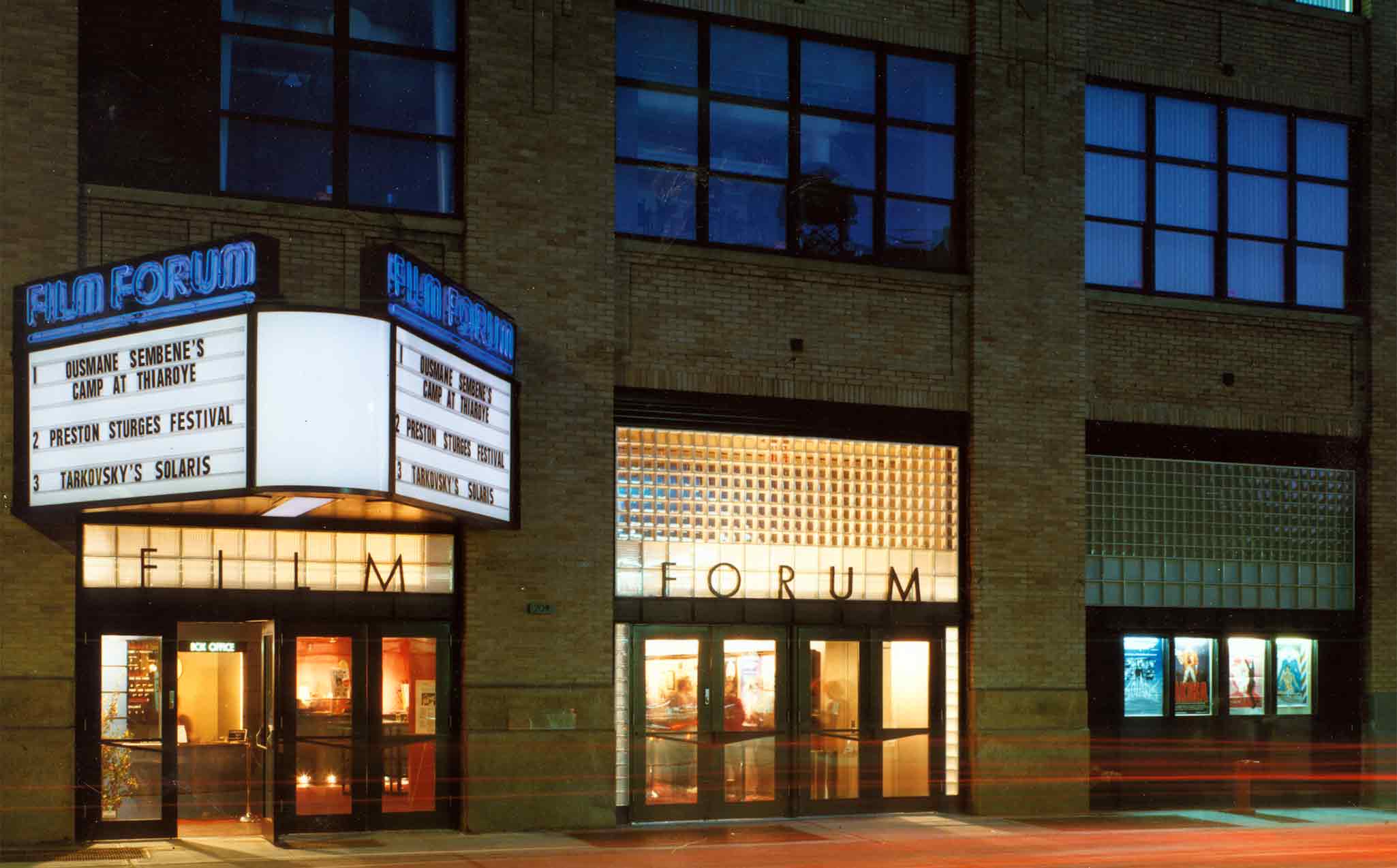
Huddled in Greenwich Village, Manhattan, Film Forum is a nonprofit movie theater. With 50 classic folding chairs, one projector, and a $19,000 annual budget, the theater began in 1970 as an alternative screening space for independent films.
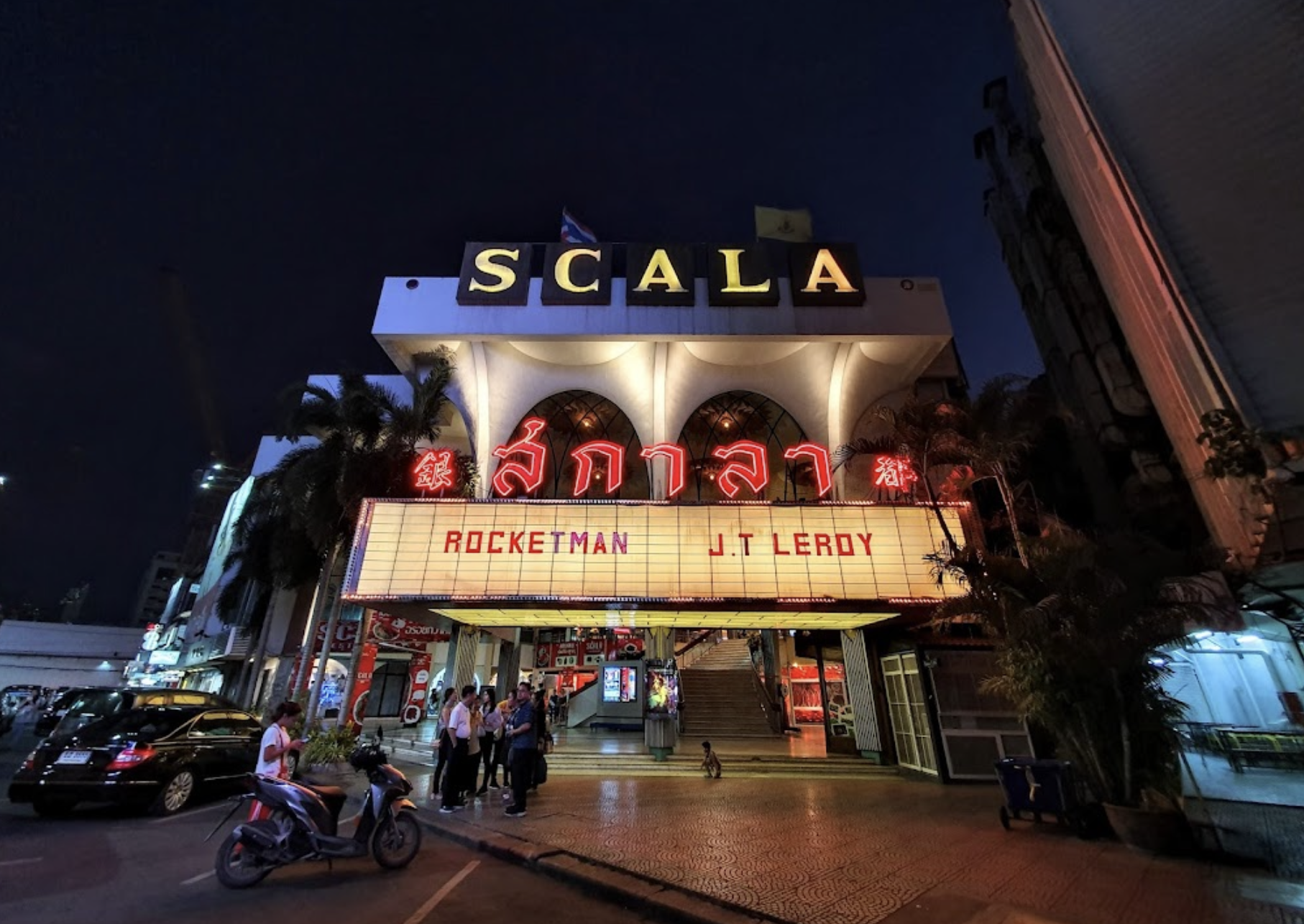
Photo: Courtesy of Veerayuth/Google Earth
Opened on December 31,1969, Scala Cinema was the last remaining standalone cinema in Bangkok before its demolition in 2021. Designed by architect Chira Silpakanok, the building was late-Modernist in design, with interior decorations in the Art Deco style. Apart from screenings, the Scala hosted film festivals including the Bangkok International Film Festival. In 2020, The Scala sadly closed down, the final closure of the more than 700 independent cinemas that onced dotted Thailand. “All over the world, stand-alone movie theaters have declined. But I don’t know anywhere it declined to the point of being extinct, except Thailand,” lamented cinema historian Philip Jablon.
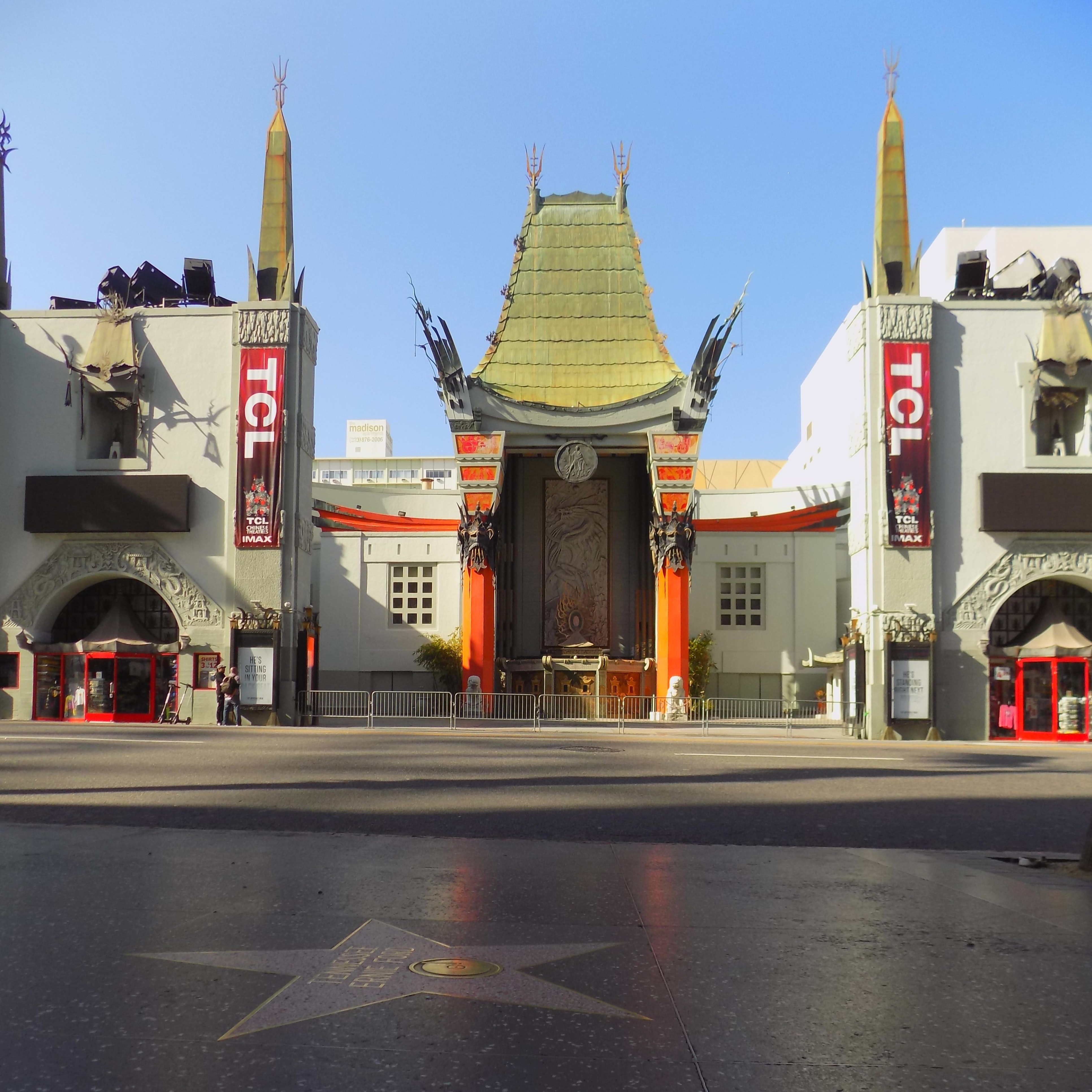
Situated at the historic Hollywood Walk of Fame, Grauman’s Chinese Theater was the first theater to host the Oscars, and screened the premier of the first Star Wars movie (Episode IV – A New Hope) in 1977. The building is styled with imported pagodas, temple bells, and other artifacts from China.
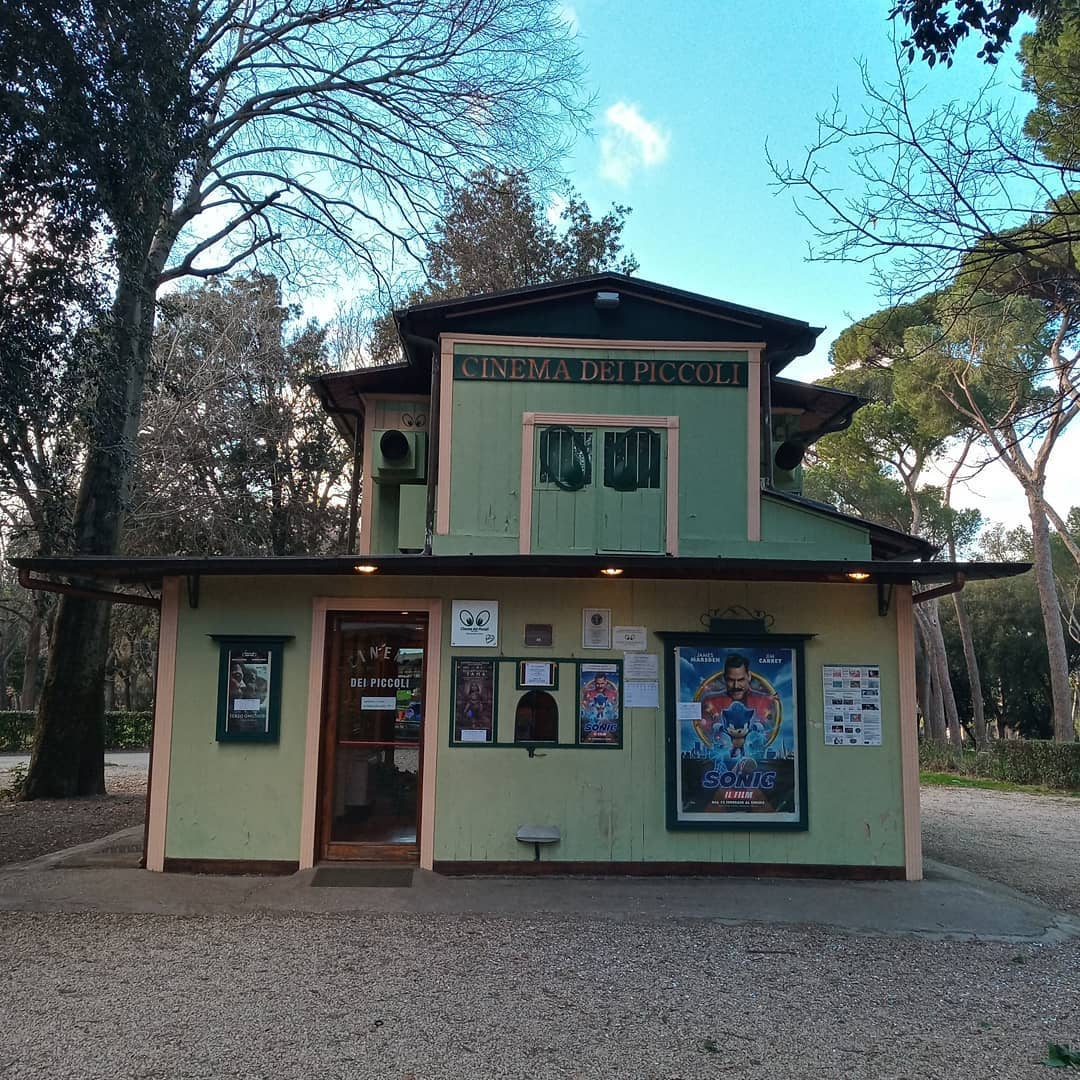
More cottage than cinema, Cinema Dei Piccoli is the smallest movie theater in the world—according to the Guinness Book of World Records. Built in the 1930s, it was restored again in the 1990s and fits just one single projector and 63 seats. Cinema Dei Piccoli translates to Cinema of the Little Ones, and became popular for screening some of the finest Italian and European productions for both children and adults.
A look at a list of Thai celebrities who own restaurants and ...
These top 5 barber shops in Bangkok are where gentlemen can elevate ...
Saturdays are already made for Salmon, now there's even more reason to ...
A detailed guide to hiking the Naga Cave, combining physical challenges with ...
While traditional TV shows are serving us endless boy-meets-girl tales. Thailand has ...
Sailorr and Molly Santana’s black grills fuse hip-hop swagger with homage to ...
Wee use cookies to deliver your best experience on our website. By using our website, you consent to our cookies in accordance with our cookies policy and privacy policy